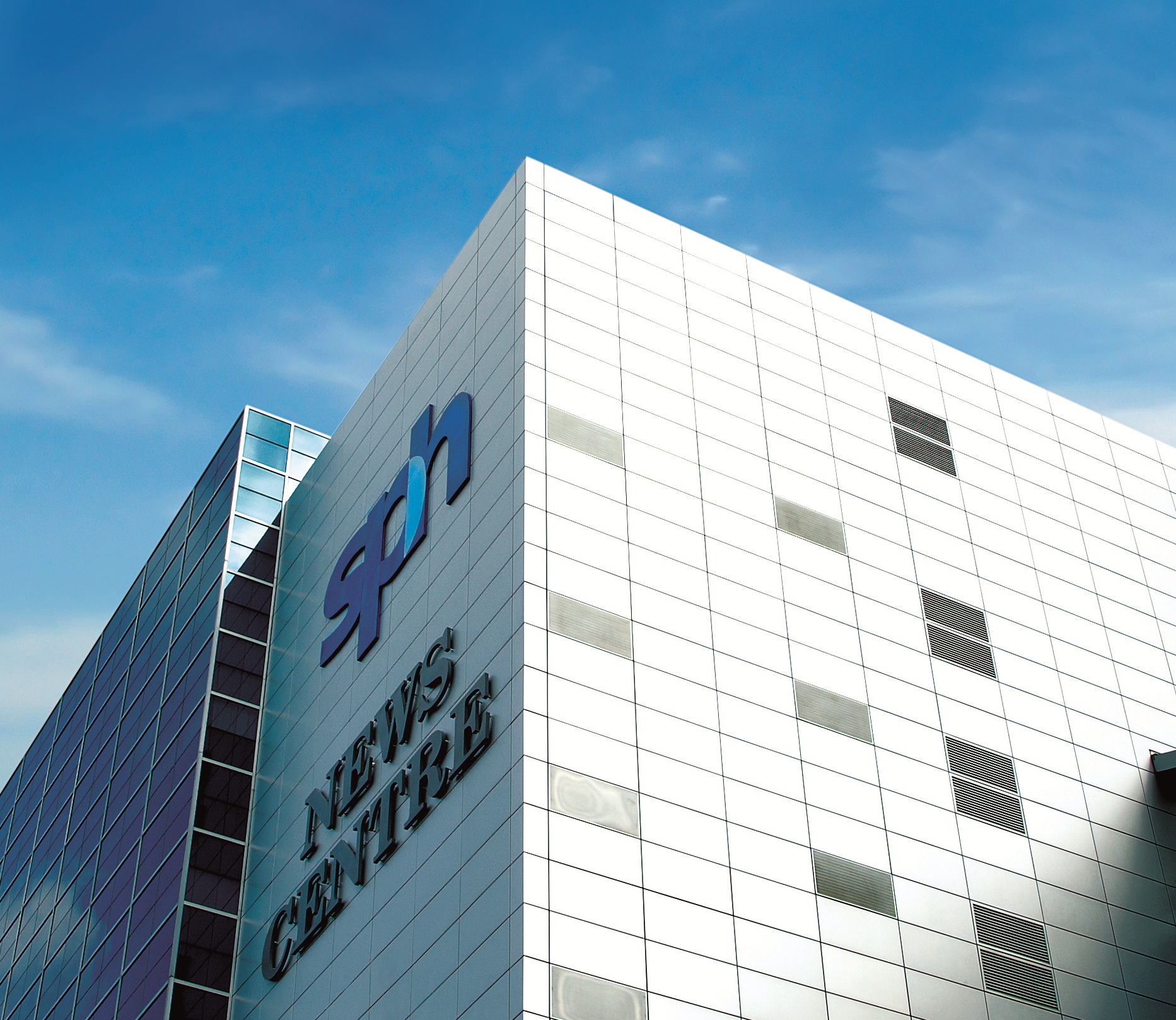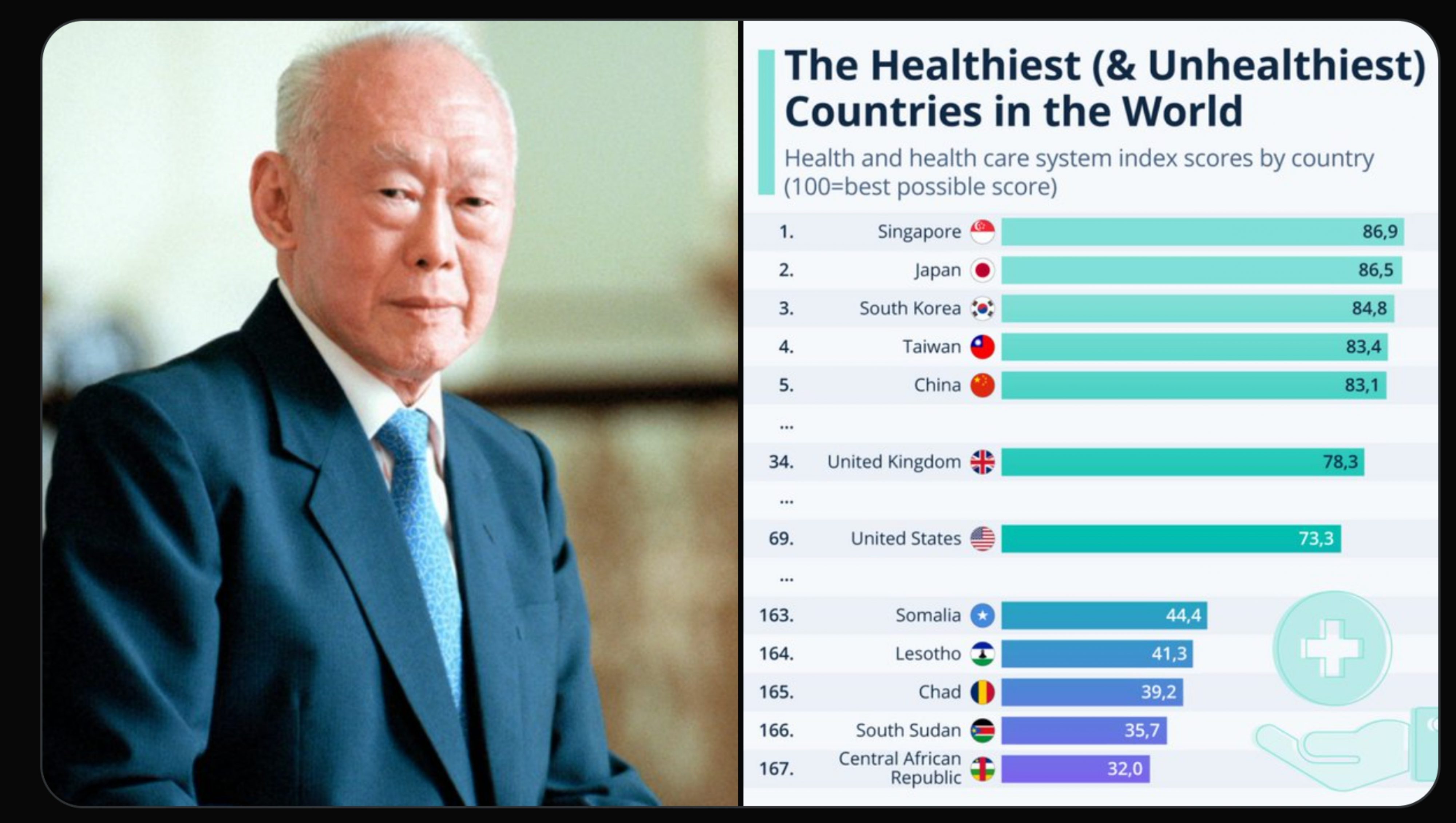
Photo: Facebook/ Singapore Press Holdings – Engaging Minds, Enriching Lives
SPH to restructure media business into not-for-profit entity
Singapore — Singapore Press Holdings (SPH) has announced that it intends to transfer its media business to a not-for-profit company.
The SPH announcement on Thursday (May 6) follows shareholder calls to spin off the media business plagued by declining advertising revenue.
The company, which posted hundreds of millions of dollars in profits annually till 2019, recorded its first loss in 2020 and expects the media business to continue to lose money.
SPH chairman Lee Boon Yang said: “SPH shareholders are not likely to tolerate the continued negative impact that the media business has on the company’s financial prospects.”
The restructuring will see the transfer of all the SPH media-related businesses including relevant subsidiaries, employees, News Centre and Print Centre along with their respective leaseholds, as well as all related intellectual property and information technology assets to a newly incorporated wholly-owned subsidiary, SPH Media Holdings Pte Ltd (SPH Media).
SPH will provide the initial resources and funding by capitalising SPH Media with a cash injection of S$80 million, S$30 million worth of SPH shares and SPH REIT units, as well as SPH’s stakes in four of its digital media investments.
There are quality not-for-profit media organisations like the Guardian Media Group owned by the Scott Trust publishing the world-renowned Guardian and Observer newspapers which had a million subscribers and contributors at the end of December last year. But the Scott Trust’s fund and cash holdings totalled £954 million (about S$1.7 billion), according to the group’s 2020 annual report, far more than the SPH cash injection into the new entity.
However, there are smaller but prestigious not-for-profit media entities such as ProPublica, which has won several Pulitzer Prizes for journalism, and Mother Jones, which has won US magazine awards.
Under the restructuring proposal, SPH Media will eventually be transferred to a not-for-profit entity for a nominal sum. The not-for-profit entity will be a newly formed public company limited by guarantee (“CLG”).

More information about the CLG will be announced at a later date.
After the transfer of SPH Media to the CLG, SPH will no longer be subject to
shareholder and other relevant restrictions under the Newspaper and Printing Presses Act (NPPA).
Regarding the reasons for the move, SPH has stated that the operating revenue has halved in the past five years, largely to a decline in print advertising and print subscription revenue.
SPH recorded s first-ever loss of S$11.4 million for the financial year ended August 31, 2020. The loss would have been even larger at S$39.5 million if not for the Government-implemented Job Support Scheme (JSS).
For the six months ended February 28, 2021, pre-tax profit before tax fell 71 per cent to S$3.1 million compared to the same period last year. Again, if not for the JSS grant, the media business would have incurred a pre-tax loss of $9.7 million.
Ten years earlier, in 2010, by contrast, SPH’s profit after taxation was more than S$509 million.
Declining but still mammoth, SPH’s profit after taxation in 2019 was more than S$259 million.
SPH has estimated that even with the resumption of business activities post-lockdown, the decline in advertising revenue will continue at the same pace as in the last five years.
SPH has undertaken strict cost management measures in recent years to mitigate the effect of the declining advertising revenue. However, the company calculated that there is little scope for further cost cuts without impairing its ability to maintain quality journalism.
Over the past five years, SPH increased its spending in technology, product development and data analytics talent by 48 per cent, to more than S$20 million a year and invested S$35 million in digital content and audience development talent in the newsrooms. Beyond manpower, SPH also increased spending on new consumer-facing digital platforms and products, averaging more than $20 million a year over the past five years.
While SPH’s average monthly unique audience across all SPH titles over the past two years hit a record 28 million, digital subscription and digital advertising have been unable to offset the decline in print advertising and print circulation revenues. As a result, the losses of the media business are likely to continue and widen.
The new not-for-profit model will ensure SPH Media is financially stable and able to provide quality information and credible news.
“With the resources that SPH is providing upfront and the prospects for public-private partnership funding going forward, we anticipate that SPH Media will have a more sustainable financial future,” said Dr Lee, chairman of SPH.
“It will have the resources to focus on transformation efforts and quality journalism, as well as to invest in talents and new technology to strengthen its digital capabilities. This will ensure that the public will continue to benefit from quality information and credible news from trusted media titles and newsrooms, across different platforms and in vernacular languages,” he added.
He ended by noting,“The exercise will give SPH greater financial flexibility to tailor its capital and shareholding structure to seize strategic growth opportunities across the other businesses in order to maximise returns for shareholders.”
Denise Teh is an intern at The Independent SG. /TISG




